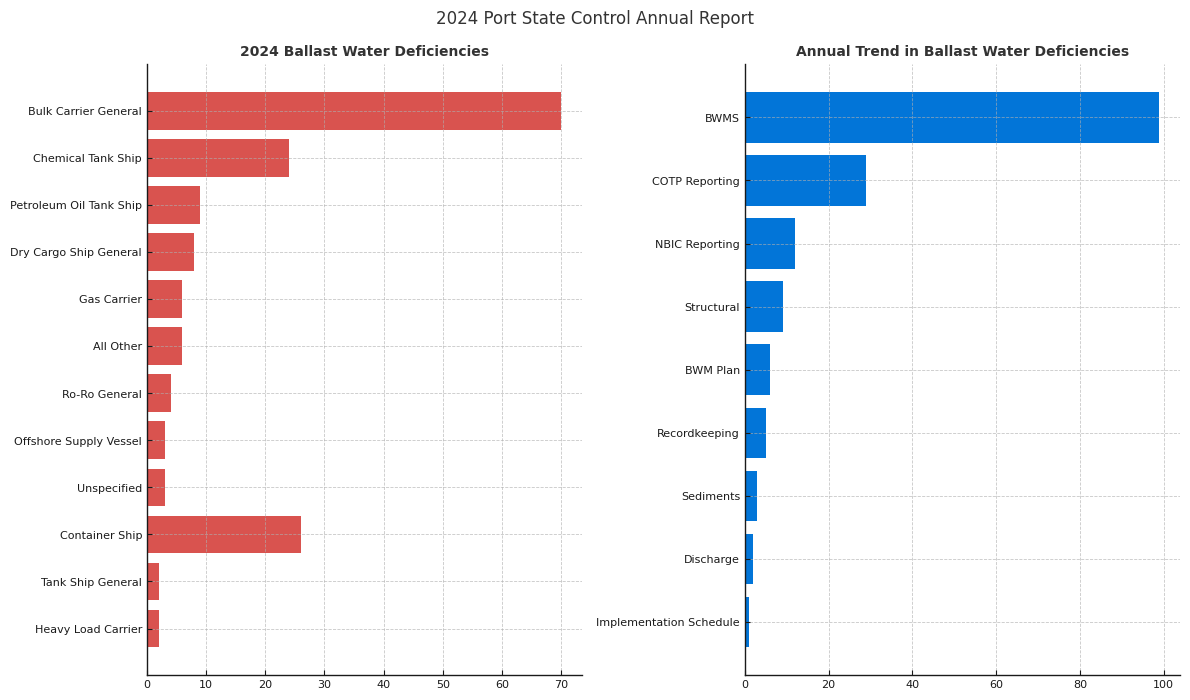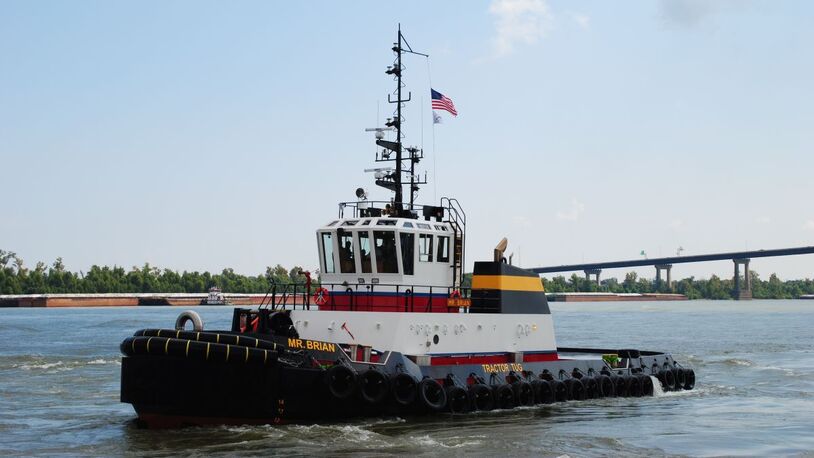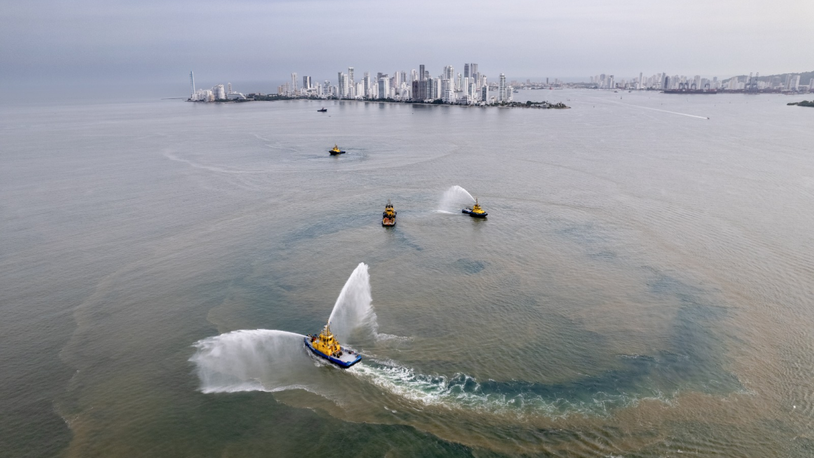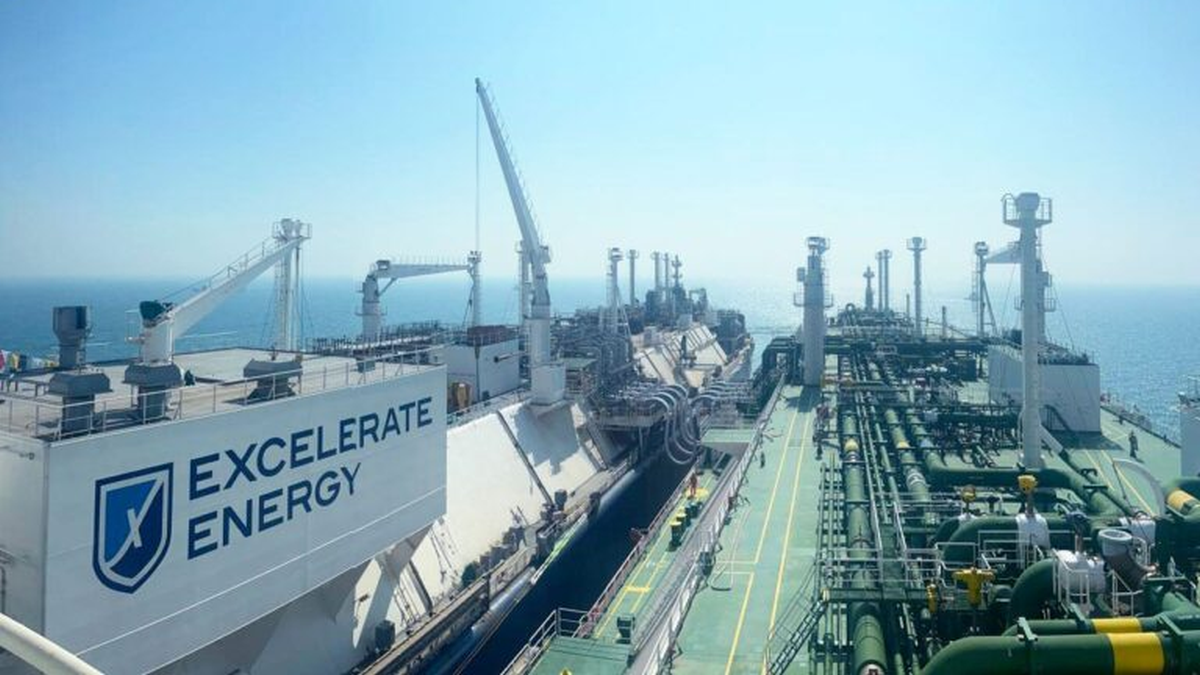Business Sectors
Events
Contents
Register to read more articles.
USCG sharpens ballast water oversight in 2024 compliance drive
USCG ballast water deficiency data for 2024 shows renewed scrutiny across multiple compliance dimensions, reflecting a deeper institutional alignment between operational enforcement and environmental protection
The 2024 United States Coast Guard (USCG) Port State Control (PSC) Annual Report reveals a pronounced institutional focus on ballast water compliance, with an evolving typology of deficiencies that underscores the maturing regulatory framework.
In a year that saw 8,711 safety exams and 82 detentions, ballast water emerged once again as a priority area for enforcement, reflecting its dual role as a compliance requirement and ecological safeguard.
The USCG now categorises ballast water management deficiencies into six distinct types: inoperable ballast water management systems (BWMS); failure to report system status to the Captain of the Port; non-compliant discharges; overdue compliance dates; lapses in mandatory practices such as hull fouling prevention; and structural deficiencies related to ballast piping and tanks.
This typology represents a calibrated, systemic approach to tracking operator performance across both technical and procedural dimensions.
Ballast water deficiencies first appeared in USCG annual reports in the early 2000s, though references were initially limited and general in nature. It was not until the mid-2010s, with the introduction of the US ballast water regulations and the growing availability of Coast Guard type-approved systems, that ballast-related deficiencies began to receive sustained attention and systematic reporting.
The 2017 Annual Report marked a turning point, with detailed enumeration of ballast water compliance failures and the announcement of enforcement tools such as Navigation and Vessel Inspection Circular 01-18.
Compared with 2023, the 2024 report shows a decrease in the total number of PSC detentions from 101 to 82, with ballast-related detentions reflecting a proportional alignment with this trend.
The 2023 report had already marked an increase in environmental protection detentions amid the broader post-Covid enforcement recovery, where system maintenance backlogs and crew familiarity issues drove detainable conditions.
In contrast, the 2024 report signals an industry response to the prior uptick: a drop in the annual detention rate to 0.94% accompanied by more targeted enforcement.
The annual review notes 2024 marked a return to steady-state examination levels, exceeding prepandemic levels. Importantly, enhanced exam campaigns launched in prior years – covering fuel shutoff valves, immersion suits and ballast water – have now been institutionalised, enabling the Coast Guard to establish enforcement consistency and trend visibility.
While the 2024 report does not isolate the precise number of ballast-specific detentions, its expanded commentary on deficiency types suggests an intention to bring ballast oversight into closer alignment with other high-frequency deficiency categories such as fire safety and safety management system implementation.
A historical view shows ballast water has long been treated as a compliance vector requiring both equipment readiness and procedural integrity.
The 2017 PSC Annual Report recorded 219 deficiencies for ballast water management compliance issues, nearly double the number from the preceding year.
The USCG Assistant Commandant for Prevention Policy at the time, rear admiral John P Nadeau, observed while Coast Guard-approved systems were coming online, enforcement was shifting toward operational readiness, "The Coast Guard will continue to be fair and reasonable as these systems are put in service, but vessels must comply with US ballast water management regulations. Noncompliance could lead to significant vessel delays and penalties."
In 2018, Marpol Annex I deficiencies reached their lowest levels, and the ballast water discussion centred on phasing out ballast water exchange exemptions and the shift toward type-approved treatment systems.
The 2019 report welcomed the approval of 10 new ballast water treatment systems, bringing the total to 25 USCG type approved BWMS, signalling what rear admiral Richard V Timme described as "more flexibility" for owners seeking compliance pathways.
However, the tone remained cautious: operators were encouraged to ensure contingency plans were incorporated into their safety management systems.
The 2020 report was shaped by the Covid-19 pandemic and PSC exams fell dramatically, as did associated detentions, yet the USCG reaffirmed its focus on ballast compliance.
In 2022, the Enhanced Exam Program (EEP) flagged ballast water as one of the four key inspection focus areas. A total of 67 ballast water deficiencies were recorded that year, mostly linked to inoperable BWMS or alternative systems.
By 2023, ballast water deficiencies had become embedded within broader performance analytics. Although not a named focus area in that year’s EEP, the overall rise in detentions to 101 suggested that persistent noncompliance in various areas, including ballast, remained a concern.
The 2024 report concludes with a reaffirmation of ballast water’s importance within the USCG’s environmental protection strategy.
With six defined categories and an emphasis on both system condition and procedural adherence, ballast water is no longer just a regulatory box to tick but a cross-cutting determinant of port entry eligibility and operational continuity.
Sign up for Riviera’s series of technical and operational webinars and conferences:
- Register to attend by visiting our events page.
- Watch recordings from all of our webinars in the webinar library.
Related to this Story
Events
Offshore Support Journal Conference, Americas 2025
LNG Shipping & Terminals Conference 2025
Vessel Optimisation Webinar Week
© 2024 Riviera Maritime Media Ltd.














